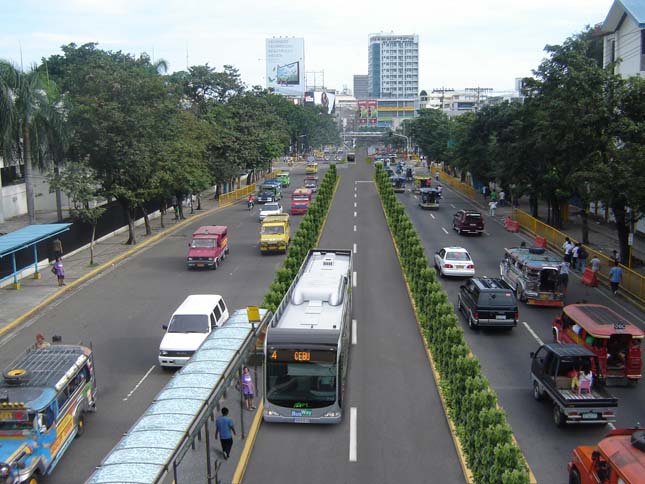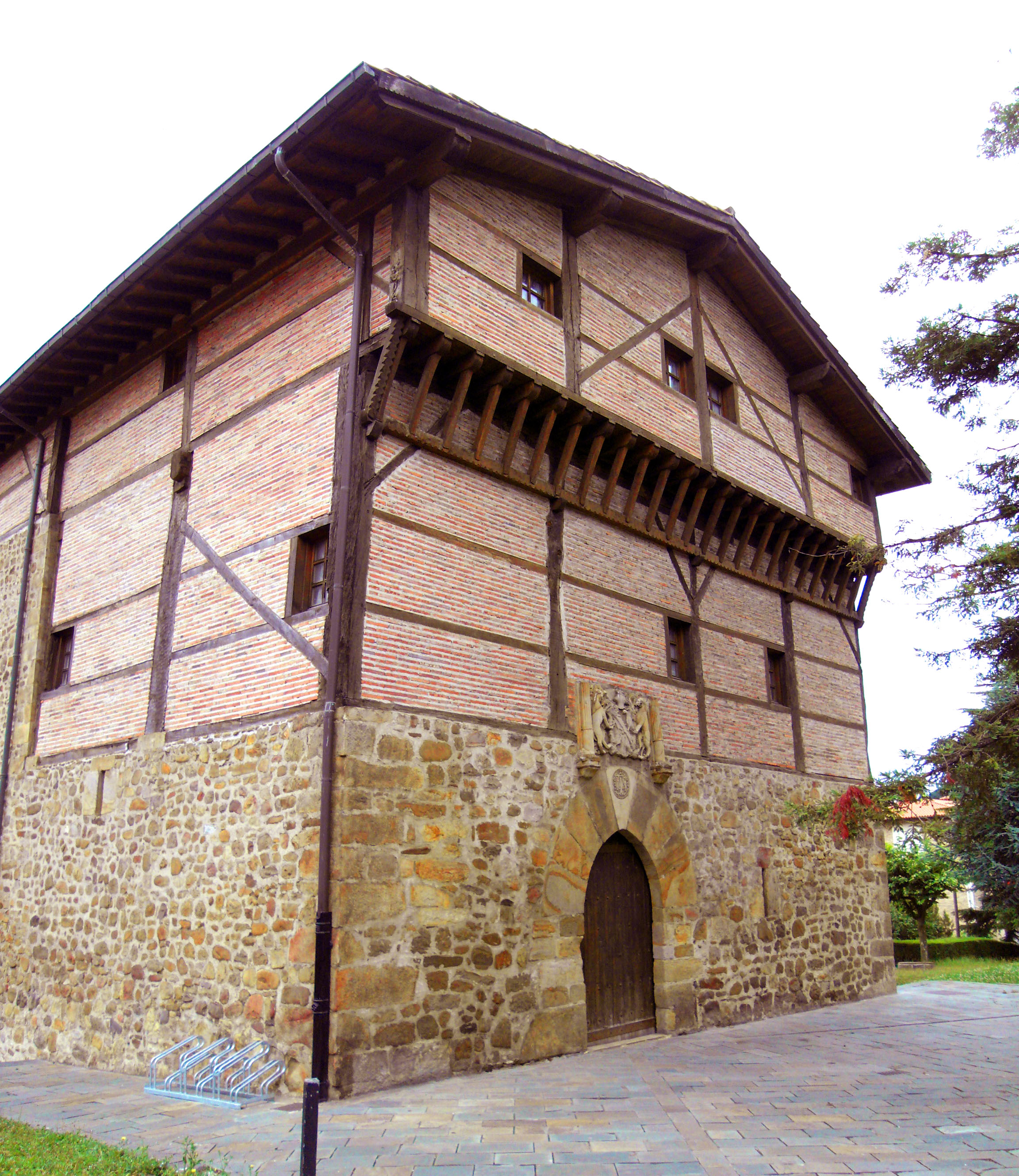|
List Of Streets In Cebu
This is a partial list of streets or roads in Cebu, Philippines. Background Ever since the early American Period in Cebu, street names from former Spanish colonial leaders were renamed, mostly at that time, after revolutionaries who were either executed or died while fighting the Spaniards or the Americans. Some streets were named after famous Filipino leaders, and as well as the first elected leaders of a certain area, town, barangay or a city. Cebu also boasts street names named after philanthropists, common civilian jobs like teachers, civic leaders, priests and exemplary government officials. Rarely, streets in Cebu are named after foreigners, but if it was, it was done in commemoration of either heroic deeds, or help in the development of the island and even played a part in the Philippine history. Majority of the common streets in Cebu were already present during the Spanish Era, but many more alleyways were constructed as the years passed by (in conjunction with the growth a ... [...More Info...] [...Related Items...] OR: [Wikipedia] [Google] [Baidu] |
Cebu
Cebu (; ceb, Sugbo), officially the Province of Cebu ( ceb, Lalawigan sa Sugbo; tl, Lalawigan ng Cebu; hil, Kapuroan sang Sugbo), is a province of the Philippines located in the Central Visayas region, and consists of a main island and 167 surrounding islands and islets. Its capital and largest city is Cebu City, nicknamed "the Queen City of the South", the oldest city and first capital of the Philippines, which is politically independent from the provincial government. The Cebu Metropolitan Area or Metro Cebu is the second largest metropolitan area in the Philippines (after Metro Manila) with Cebu City as the main center of commerce, trade, education and industry in the Visayas. Being one of the most developed provinces in the Philippines, in a decade it has transformed into a global hub for business processing services, tourism, shipping, furniture-making, and heavy industry. Mactan–Cebu International Airport, located on Mactan Island, is the second busiest airport in ... [...More Info...] [...Related Items...] OR: [Wikipedia] [Google] [Baidu] |
SunStar Cebu
''SunStar Cebu'', often stylized as ''Sun•Star Cebu'' (formerly ''Sun•Star Daily''), is a community newspaper in Cebu City, the Philippines. It is the flagship newspaper of the SunStar network of newspapers and is the leading newspaper in both Metro Cebu and the province of Cebu. It was named Sunstar Daily when it was first founded in November 25, 1982, and changed its name to Sunstar Cebu in 2000. It is also the oldest of the SunStar newspapers, having been in continuous publication since 1982. Its main office is located in P. del Rosario St., Cebu City. Awards * "Best Newspaper" - Cebu Archdiocesan Mass Media Awards Hall of Fame (1991, 1992, 1993) * "Best Edited Daily" - Asia Media Project Konrad Adenauer Foundation and Philippine Press Institute (1997, 1998, 1999) See also *'' SunStar Superbalita Davao'' *''The Freeman Newspaper ''The Freeman'' is a daily English-language newspaper published in Cebu, Philippines. It is the longest-running newspaper in Cebu, fi ... [...More Info...] [...Related Items...] OR: [Wikipedia] [Google] [Baidu] |
Jacinto Zamora
Jacinto Zamora y del Rosario (14 August 1835 – 17 February 1872) was a Filipino Catholic priest, part of the Gomburza, a trio of priests who were falsely accused of mutiny by the Spanish colonial authorities in the Philippines in the 19th century. Early life Born on 14 August 1835 to Venancio Zamora and Hilaria del Rosario, he began his early education in Pandacan and later at the Colegio de San Juan de Letran. He was classified as a ''Filipino mestizo'' under the Spanish caste system prevailing at that time. He later transferred to the University of Santo Tomas after finishing his '' Bachiller en Artes''. Zamora graduated on 16 March 1858 with the degree of Bachelor of Canon and Civil Laws. He became a student preparing for the priesthood in the Seminary of Manila. Pastoral life After being ordained, Zamora handled parishes in Marikina, Pasig, and Batangas. He was also assigned to manage the Manila Cathedral on 3 December 1864. Death Zamora had a habit of playing cards after ... [...More Info...] [...Related Items...] OR: [Wikipedia] [Google] [Baidu] |
Miguel López De Legazpi
Miguel López de Legazpi (12 June 1502 – 20 August 1572), also known as '' El Adelantado'' and ''El Viejo'' (The Elder), was a Spaniard who, from the age of 26, lived and built a career in Mexico (then the Viceroyalty of New Spain) and, in his 60s, financed and led a colonizing expedition from Mexico to the Philippine islands. He was joined by his Mexican grandsons, Juan de Salcedo and his brother Felipe, on the expedition. Legazpi established the first Spanish settlement in the East Indies when his expedition crossed the Pacific Ocean from the New Spain, arriving in Cebu in the modern Philippine Islands in 1565. He was the first Governor-General of the Spanish East Indies, which was administered from Mexico City for the Spanish crown. It also encompassed other Pacific islands, namely Guam, the Marianas Islands, Palau, and the Carolinas. After obtaining peace with various indigenous nations and kingdoms, he made Cebu City the capital of the Spanish East Indies in 1565 and ... [...More Info...] [...Related Items...] OR: [Wikipedia] [Google] [Baidu] |
Lapu-Lapu
Lapulapu or Lapu-Lapu (ᜎᜉ̰-ᜎᜉ̰), whose name was first recorded as Çilapulapu, was a datu (chief) of Mactan in the Visayas in the Philippines. He is best known for the Battle of Mactan that happened at dawn on April 27, 1521, where he and his warriors defeated the Spanish forces led by Portuguese explorer Ferdinand Magellan and his native allies Rajah Humabon and Datu Zula. Magellan's death ended his voyage of circumnavigation and delayed the Spanish occupation of the islands by over forty years until the expedition of Miguel López de Legazpi in 1564. Legazpi continued the expeditions of Magellan, leading to the colonization of the Philippines for 333 years. Modern Philippine society regards him as the first Filipino hero because of his resistance to imperial Spanish colonization. Monuments of Lapulapu have been built all over the Philippines to honor Lapulapu's bravery against the Spaniards. The Philippine National Police and the Bureau of Fire Protection use h ... [...More Info...] [...Related Items...] OR: [Wikipedia] [Google] [Baidu] |
Ferdinand Magellan
Ferdinand Magellan ( or ; pt, Fernão de Magalhães, ; es, link=no, Fernando de Magallanes, ; 4 February 1480 – 27 April 1521) was a Portuguese explorer. He is best known for having planned and led the 1519 Spanish expedition to the East Indies across the Pacific Ocean to open a maritime trade route, during which he discovered the interoceanic passage bearing thereafter his name and achieved the first European navigation from the Atlantic to Asia. During this voyage, Magellan was killed in the Battle of Mactan in 1521 in the present-day Philippines, after running into resistance by the indigenous population led from Lapulapu, who consequently became a Philippines national symbol of resistance to colonialism. After Magellan's death, Juan Sebastián Elcano took the lead of the expedition, and with its few other surviving members in one of the two remaining ships, completed the first circumnavigation of Earth when they returned to Spain in 1522. Born 4 February 1480 into a ... [...More Info...] [...Related Items...] OR: [Wikipedia] [Google] [Baidu] |
Felipe Calderón (Filipino Politician)
Felipe Gonzáles Calderón y Roca, also known as Felipe G. Calderon (April 4, 1868 – June 6, 1908) was a Filipino lawyer, politician, and intellectual, known as the "Father of the Malolos Constitution". Early life Calderón was born in Santa Cruz de Malabon (now Tanza), Cavite, to José Gonzáles Calderón and Manuela Roca. He studied at the Ateneo Municipal de Manila for his primary and secondary courses and was granted a scholarship. He received high honors in a Bachelor of Arts degree, later working in the newspaper industry writing for several newspapers. He later enrolled at the University of Santo Tomas and completed his studies at Licentiate in Law in 1894. After graduation, he participated in the law office of Cayetano Arellano. Involvement in the Philippine Wars for Independence During the Philippine Revolution, Calderon ardently supported the revolutionary movement, an organization that aimed to gain independence from Spain. For his activities he was imprison ... [...More Info...] [...Related Items...] OR: [Wikipedia] [Google] [Baidu] |
Marcelo H
Marcelo is a given name, the Spanish and Portuguese form of Marcellus. The Italian version of the name is Marcello, differing in having an additional "l". Marcelo may refer to: * Marcelo Costa de Andrade (born 1967), Brazilian serial killer, rapist, and necrophile *Marcelinho Carioca (Marcelo Pereira Surcin born 1971 in RJ), Brazilian international midfielder in 1990s *Marcelinho Machado (born 1975), Brazilian professional basketball player *Marcelinho Paraíba (Marcelo dos Santos b. 1975 in Paraíba state), Brazilian international midfielder * Marcelinho Paulista (Marcelo José de Souza born 1973 in SP state), Brazilian youth international in 1996 Olympics * Marcelo (footballer, born January 1987), Brazilian footballer * Marcelo (footballer, born May 1987), Brazilian footballer, who played for Lyon *Marcelo (footballer, born 1988), Brazilian footballer, who played for Real Madrid *Marcelo (footballer, born 1989), Brazilian footballer, who plays for Paços Ferreira * Marcelo Arria ... [...More Info...] [...Related Items...] OR: [Wikipedia] [Google] [Baidu] |
Dionisio Jakosalem
Dionisio Abella Jakosalem (May 8, 1878 – July 1, 1931) was the governor of Cebu, Philippines (1906–1912) and the first Filipino cabinet member appointed under the American regime. Early life and education Jakosalem was the son of Alfonso Jakosalem and Apolonia Abella and born in Dumanjug, Cebu on May 8, 1878. He studied in Dumanjug, Colegio-Seminario de San Carlos where he met Sergio Osmeña Sr., and University of Santo Tomas where he acquired his bachelor's and law degrees. On March 27, 1907, he passed the bar exams. He married Generosa Teves. Politics Jakosalem worked as secretary of the municipality of Dumanjug in 1900 and was appointed as justice of the peace in Cebu in 1903. The following year, he served as municipal council member. He ran a successful campaign and voted as a member of the Cebu Provincial Board in 1906. When then governor Sergio Osmeña Sr. vacated the position for his electoral campaign in the Philippine Assembly, Jakosalem became the governor o ... [...More Info...] [...Related Items...] OR: [Wikipedia] [Google] [Baidu] |
José Burgos
José Apolonio Burgos y García was a Catholic Church in the Philippines, Filipino Catholic Priesthood in the Catholic Church, priest, accused of mutiny by the Spain, Spanish colonial authorities in the Philippines in the 19th century. He was tried and executed in Manila along with two other clergymen, Mariano Gomez (priest), Mariano Gomez and Jacinto Zamora, who are collectively known as the Gomburza. Early life José Burgos, baptized José Apolonio Burgos y García, was born in Vigan, Ilocos Sur on February 9, 1837 to a Spanish people, Spanish officer, Don José Tiburcio Burgos, and a Filipino Filipino mestizo, mestiza mother named Florencia García. He obtained three undergraduate degrees with honors, two master's degrees and two doctorate degrees from the Colegio de San Juan de Letran and from the University of Santo Tomas. He conducted his first mass in Intramuros. Contributions Burgos' nationalist views, codified in editorial essays, championing political and ecclesiastic ... [...More Info...] [...Related Items...] OR: [Wikipedia] [Google] [Baidu] |




